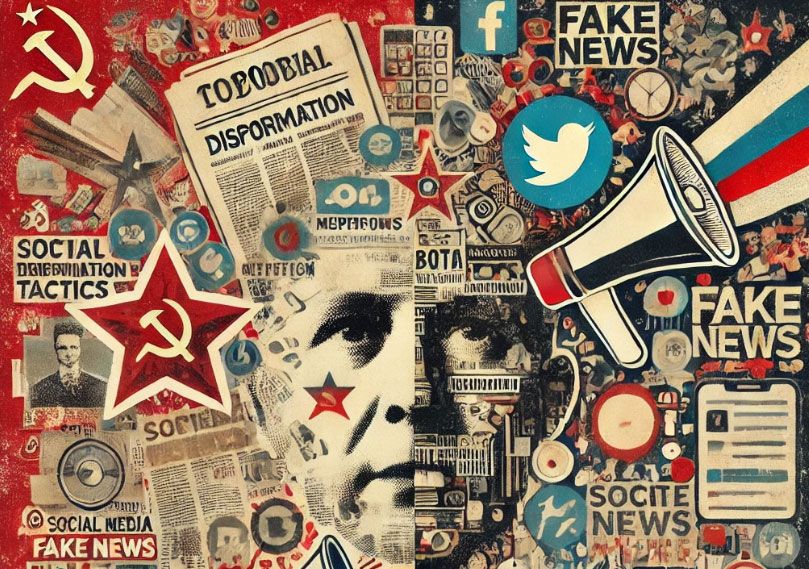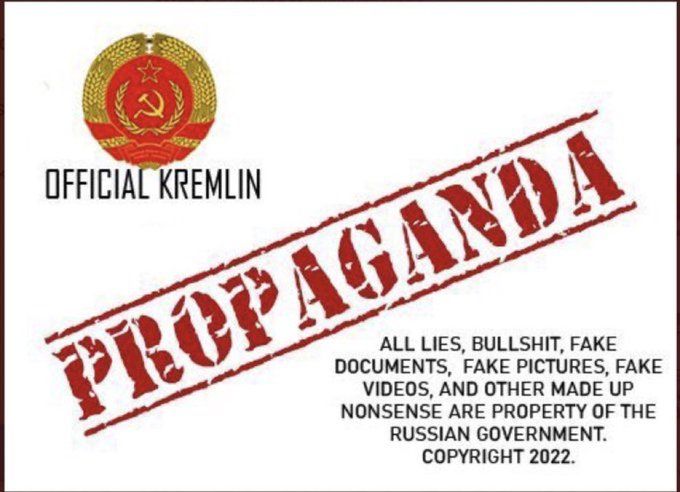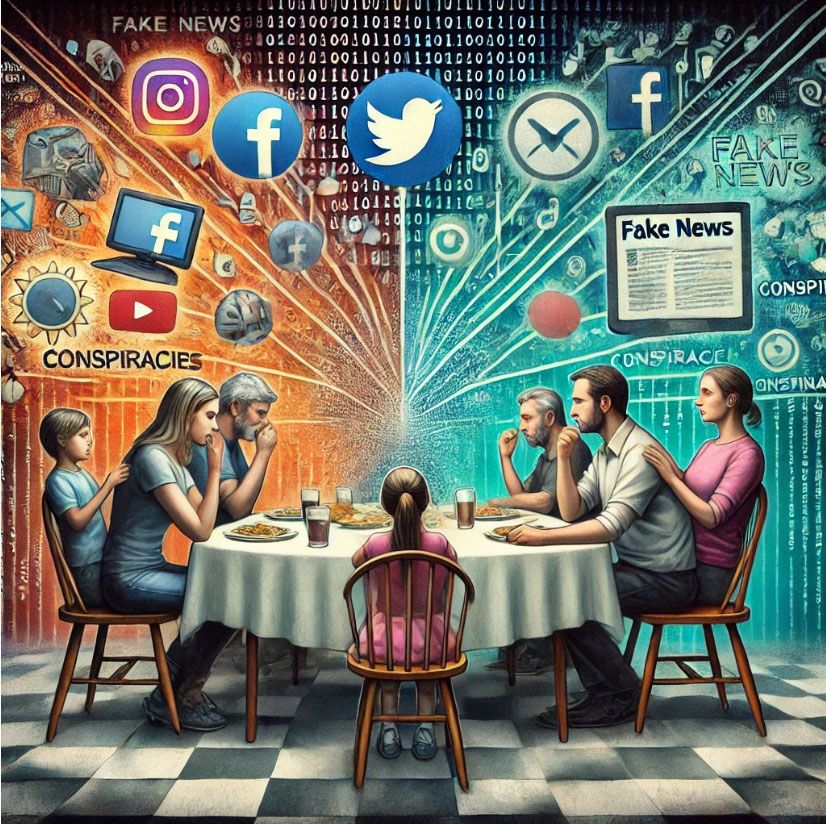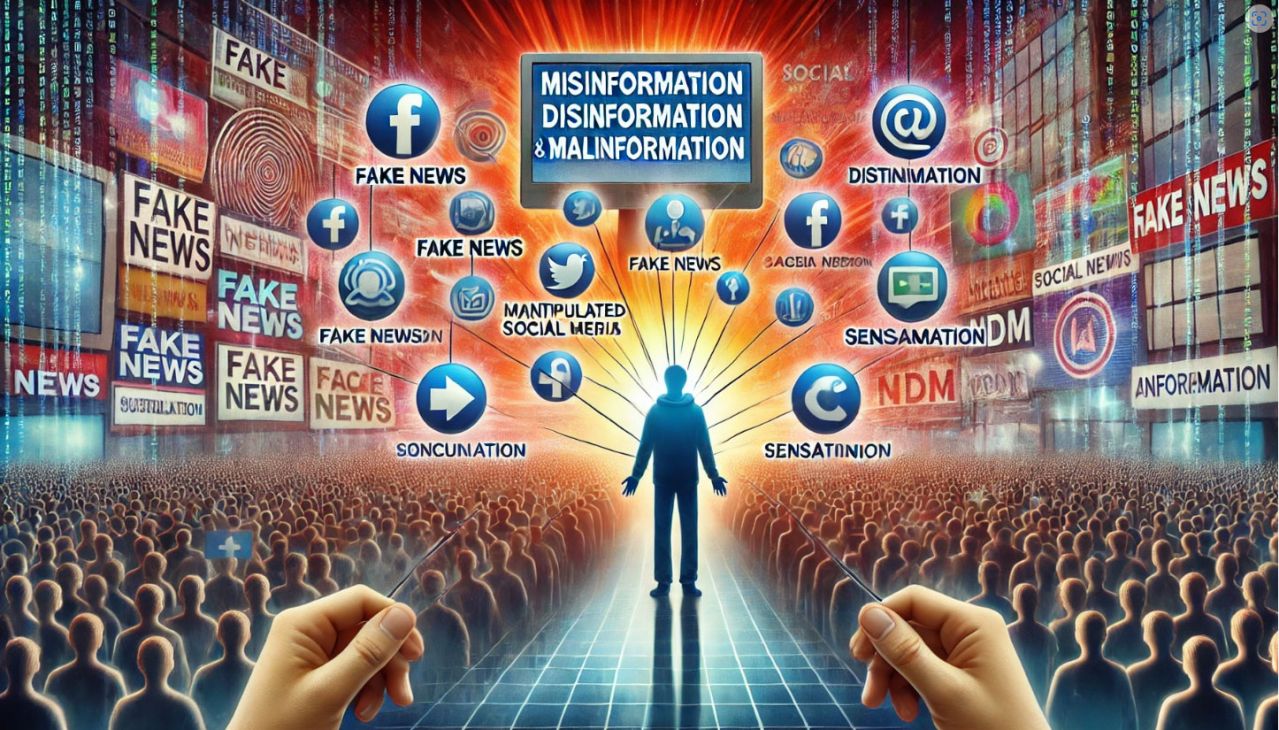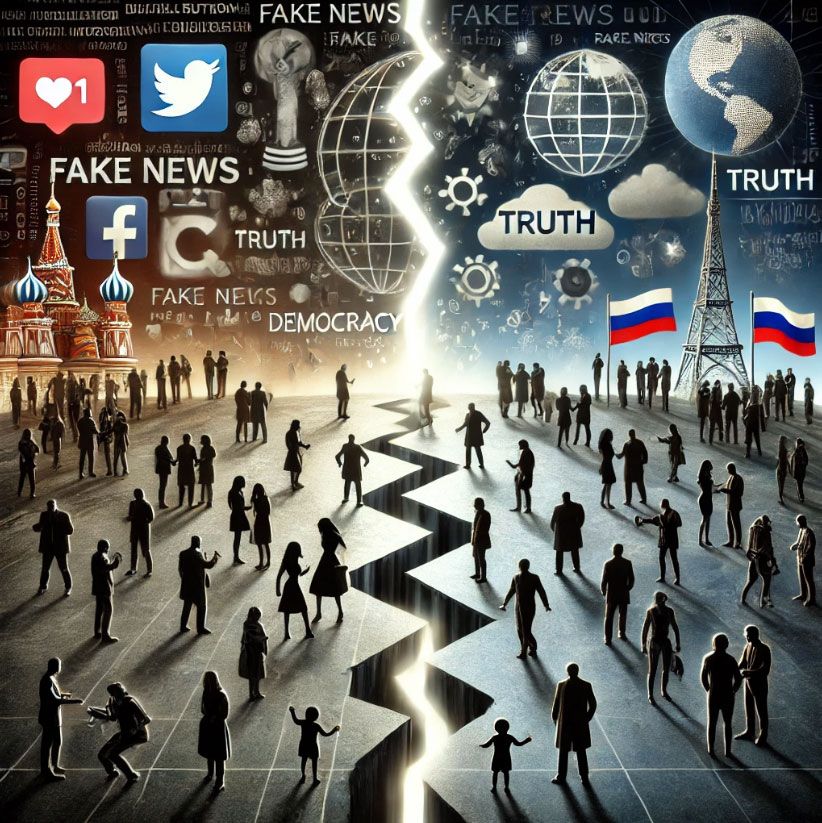What Is Disinformation and Why Should You Care?
Disinformation isn’t just “fake news” or random misinformation.
It’s deliberate and strategic, designed to manipulate the way people think, act, and make decisions. It thrives on division, exploiting our emotions, biases, and fears.
In practical terms, here’s what it means for you:
- It Costs You Money:
- Scams fueled by disinformation drain millions from regular people every year. Fake investment schemes, health products, or conspiracy-driven businesses are designed to deceive.
- False economic narratives can destabilize markets, affecting jobs, inflation, and the value of your savings.
- It Threatens Your Safety:
- Disinformation about vaccines, public health, or even local emergencies can lead to dangerous decisions that put lives at risk.
- False claims about violence or protests can spark real-world harm in communities.
- It Distorts Your Relationships and Communities:
- Ever had an argument with a family member over a "news story" that turned out to be completely false? That’s not an accident – it’s part of the strategy to divide people.
- Online bots and trolls amplify these divides, making it harder to have productive conversations.
- It Weakens Democracy:
- Disinformation campaigns aim to make people lose faith in institutions, elections, and even the concept of truth itself. This affects how laws are made and how you’re represented.
Where It Comes From: Lessons from History
The LSE report reveals how the Soviet Union used disinformation during the Cold War to undermine Western societies.
Their tactics included:
- Forgeries and Fake Stories: Spreading false documents or stories to discredit public figures or create panic. For example, Soviet agents forged documents to claim that the U.S. had developed biological weapons. Sound familiar? Today’s equivalent is “leaked” but fake emails or fake images that go viral on social media.
- Amplifying Divisions: They exploited existing social tensions, such as racial inequality in the U.S., by fueling discord. Modern versions of this include troll farms posting divisive content to stoke outrage on hot-button issues.
- Hijacking Media: Using newspapers, radio, and pamphlets to spread propaganda. Today, this has scaled up to include social media platforms, influencers, and even AI-generated deepfakes.
How It’s Evolved and Why It’s Worse Today
Technology has supercharged disinformation.
Social media algorithms prioritize sensational content, making it easier for falsehoods to spread faster and wider than ever.
What took Soviet agents weeks of planning can now happen in minutes with a few clicks.
Instead of a small group of agents planting a story in a newspaper, we now face bot armies, fake accounts, and AI-generated deepfakes that make it almost impossible to distinguish real from fake.
This means disinformation can:
- Reach millions instantly.
- Target you specifically through ads or algorithms tailored to your behavior.
- Go undetected by platforms until it’s too late.
How You Can Protect Yourself
- Fact-Check Before You Share: Use reliable fact-checking sources like Snopes, FactCheck.org, or Politifact before believing or sharing something sensational. Ask yourself: who benefits if I believe this?
- Learn to Spot Emotional Manipulation: Disinformation often plays on anger, fear, or outrage. If a story seems designed to provoke an extreme reaction, pause and verify.
- Be Mindful of Sources: Stick to credible news outlets with a history of accountability. Avoid anonymous or unverifiable sources.
- Talk to Your Friends and Family: If you see someone sharing disinformation, have a calm, fact-based conversation. Help them understand why it’s false without making them defensive.
- Support Transparency and Regulation: Push for stronger regulations on tech platforms to limit the spread of disinformation and hold bad actors accountable.
About the Study: Understanding the LSE Report
The report, "Soviet Subversion, Disinformation, and Propaganda: How the West Fought Against It – An Analytic History", was published by the London School of Economics’ Arena Program in 2018, with support from Jigsaw.
It provides a detailed analysis of how disinformation campaigns were designed and deployed by the Soviet Union during the Cold War.
More importantly, it explores how Western societies responded to these challenges.
Key Findings from the Study:
- Tactics Used by the Soviet Union:
- Strategic Disinformation: Deliberate spreading of falsehoods to discredit adversaries or influence perceptions.
- Exploitation of Social Divisions: Leveraging existing societal conflicts to create division and mistrust.
- Media Manipulation: Using both state-controlled and infiltrated media to spread propaganda.
- Specific Operations:
- Operation INFEKTION: A Soviet campaign that falsely claimed the U.S. created the HIV/AIDS virus as a biological weapon. This operation used fake scientific papers and manipulated journalists to spread the narrative worldwide.
- Targeting Civil Rights Movements: Soviet disinformation amplified racial tensions in the U.S. by distributing fake pamphlets and letters, purportedly from groups like the Ku Klux Klan, to sow discord.
- Fake Peace Movements: They infiltrated and manipulated anti-nuclear and peace movements in Europe to weaken NATO’s cohesion.
- Impact on Society:
- Created distrust in democratic institutions and processes.
- Heightened societal tensions, making populations more vulnerable to manipulation.
- Western Responses:
- Governments, journalists, and civil society groups collaborated to expose falsehoods and educate the public.
- Transparency initiatives helped rebuild trust in institutions and counteract propaganda narratives.
- The use of counter-propaganda: Fact-checking and public diplomacy efforts were used to debunk Soviet claims in real time.
Lessons for Today:
The Soviet Union’s tactics are eerily similar to what we see in modern-day disinformation campaigns.
Today, the scale and speed are amplified, but the core strategies remain the same: creating confusion, exploiting divisions, and undermining trust.
For instance, just as Soviet agents planted fake news in local media, modern disinformation campaigns use troll farms and fake social media accounts to spread sensational content.
Similarly, the strategic exploitation of social divides mirrors today’s targeting of polarizing issues like immigration, climate change, and public health.
Why This Study Matters to You
The historical examples from this study highlight the dangers of unchecked disinformation and the importance of vigilance.
They show us that:
- Disinformation thrives on our inaction.
- Countering it requires both awareness and proactive measures.
You can access the full report here for a deeper dive into its findings.
Full Credit and Resources
This article draws on insights from the LSEA program’s report:
"Soviet Subversion, Disinformation, and Propaganda: How the West Fought Against It – An Analytic History" (2018), supported by Jigsaw.
You can read the full report here.
For more on this topic, explore:
- The Disinformation Index: www.disinformationindex.org
- Fact-checking resources: Snopes (www.snopes.com) and FactCheck.org (www.factcheck.org)
Disinformation thrives when we ignore it.
By understanding how it works and taking steps to counter it, we can protect not only ourselves but also the communities and systems we depend on.
It’s not just about “politics” or “the news” – it’s about your everyday life. Take a moment to think before you click, share, or react.
Together, we can make a difference.


